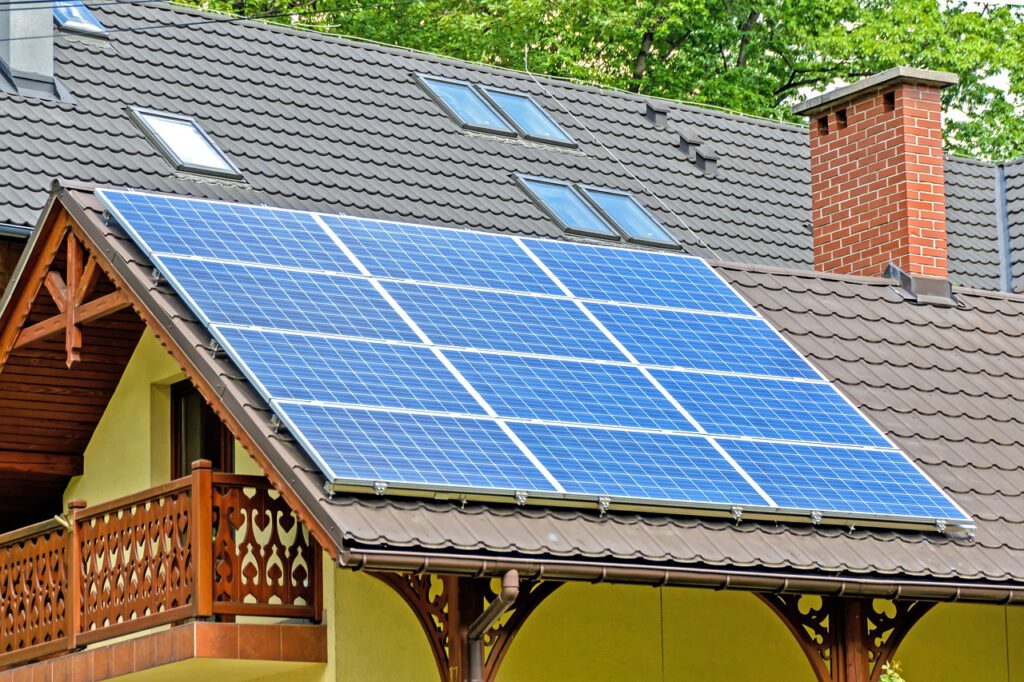Crystal Clear: Addressing the Issue of Broken Glass in Minnesota’s Solar Panels
by siteadmin

In the realm of renewable energy, solar power stands out as a beacon of hope for a sustainable future. Yet, as Minnesota embraces solar energy, a hidden issue has emerged—broken glass in solar panels. This problem not only undermines the efficiency and longevity of solar installations but also poses environmental and safety concerns. In this article, we delve into the challenges posed by broken glass in Minnesota’s solar panels and explore potential solutions to ensure a crystal-clear path toward a greener future.
The Rise of Solar Power in Minnesota
Minnesota has been making significant strides in adopting solar energy, driven by a mix of environmental consciousness, economic incentives, and technological advancements. From residential rooftops to vast solar farms, photovoltaic panels have become a common sight across the state, harnessing the abundant sunlight to generate clean electricity. However, alongside this surge in solar installations comes a less-discussed issue—broken glass in solar panels.
The Glass Conundrum
Solar panels typically feature tempered glass to protect the photovoltaic cells from environmental factors such as hail, wind, and debris. While tempered glass is robust, it is not invincible. Severe weather events, thermal stress, and even occasional mishaps during installation or maintenance can lead to cracks or shattering of the glass, compromising the performance and safety of the solar panels.
Challenges and Implications
The presence of broken glass in solar panels presents multifaceted challenges. Firstly, it diminishes the efficiency of the panels by obstructing sunlight or causing electrical issues. This translates to reduced energy output and financial losses for solar owners and operators. Moreover, shattered glass poses safety risks to maintenance personnel and bystanders, especially when fragments are scattered across rooftops or landscapes. Additionally, the environmental impact of broken glass, including potential contamination of soil and water sources, cannot be overlooked.
Addressing the Issue
To tackle the problem of broken glass in solar panels, proactive measures are essential. One approach involves advancements in panel design and manufacturing processes to enhance durability and resilience against impact. This includes exploring alternative materials or coatings that offer improved resistance to breakage without compromising transparency or efficiency. Additionally, rigorous quality control measures during production can help minimize the likelihood of defects in glass panels.
Innovative Solutions
Beyond preventive measures, innovative solutions are emerging to mitigate the impact of broken glass in solar panels. One promising avenue is the development of self-healing materials capable of repairing minor cracks or scratches autonomously. Researchers are also exploring the use of protective films or encapsulants to reinforce the integrity of solar panels and contain any damage caused by glass breakage. Furthermore, advancements in recycling technologies enable the recovery and reuse of glass from decommissioned solar panels, reducing waste and environmental burden.
Community Engagement and Education
Effective solutions to the issue of broken glass in solar panels require collaboration and awareness within the solar industry and the broader community. Initiatives aimed at educating solar owners, installers, and maintenance professionals about proper handling and maintenance practices can help minimize the occurrence of glass-related incidents. Furthermore, transparent communication regarding warranty coverage and recourse options for damaged panels is essential to build trust and confidence among consumers.
As Minnesota continues its transition towards a renewable energy future, addressing the challenge of broken glass in solar panels is paramount. By investing in innovation, quality assurance, and community engagement, stakeholders can pave the way for a more resilient and sustainable solar infrastructure. With crystal-clear solutions in place, Minnesota can harness the power of the sun with confidence, ensuring a brighter tomorrow for generations to come.
In the realm of renewable energy, solar power stands out as a beacon of hope for a sustainable future. Yet, as Minnesota embraces solar energy, a hidden issue has emerged—broken glass in solar panels. This problem not only undermines the efficiency and longevity of solar installations but also poses environmental and safety concerns. In this…
Recent Posts
- Revolutionizing Concrete Repair in Eau Claire: Expert Solutions for Every Need
- Boca Dental and Braces Revolutionizes Orthodontic Care in Las Vegas
- Expert Cleaners Lexington Announces Commitment to Safe, Sustainable Cleaning Practices, Expanding to Georgetown, KY
- Celebrate Mom with Exquisite Flowers: Mothers Day Flowers
- Orlando’s Most Common Lawn Mowing Mistakes and How to Avoid Them
